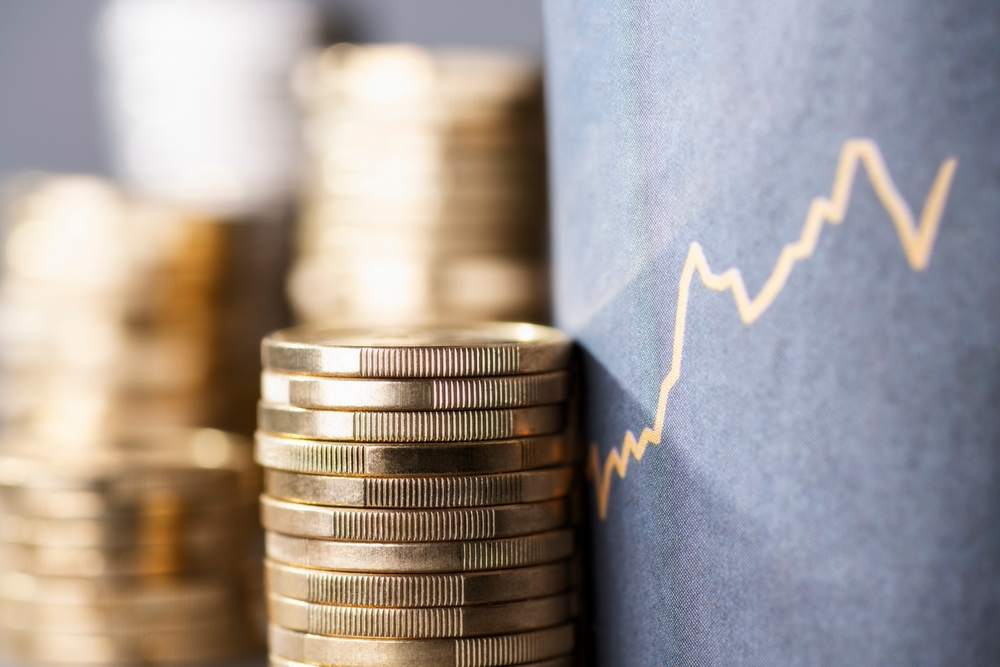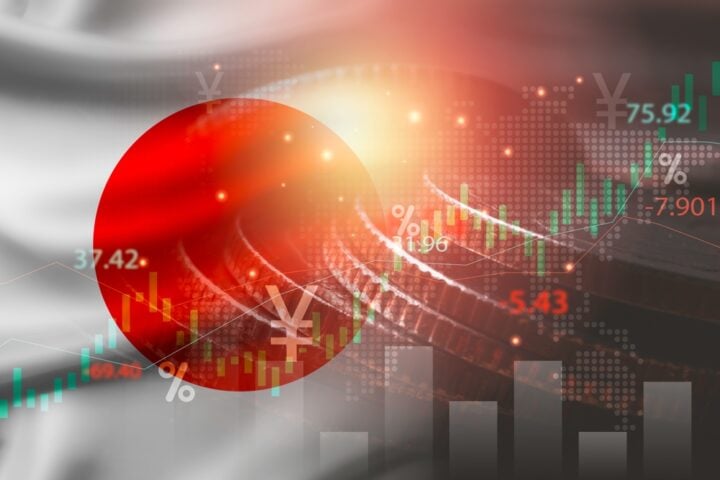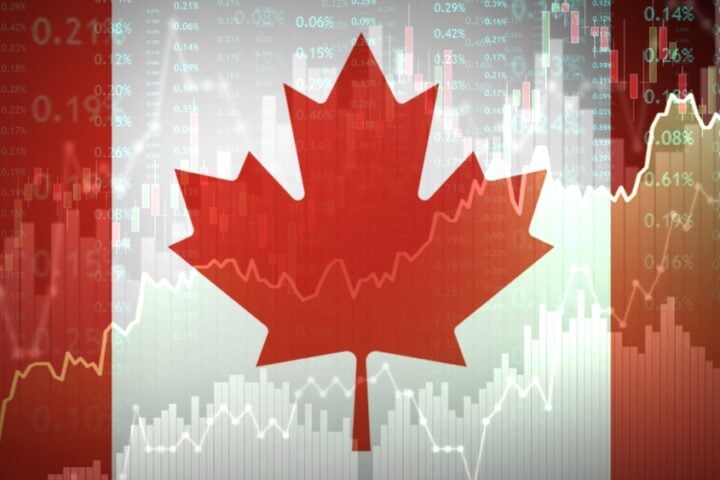Moderate Inflation Trends
U.S. producer prices rose 0.2% in December, slightly below the 0.3% increase economists had anticipated, according to the Labor Department’s report on Tuesday. This follows a 0.4% rise in November and indicates a continued moderation in inflation after months of stagnation.
Year-over-year, the Producer Price Index (PPI) climbed 3.3%, its highest rate since February 2023, up from 3.0% in November. The increase partly reflects lower prices from the previous year dropping out of the calculation.
Core PPI Remains Stable
The core PPI, which excludes volatile food, energy, and trade prices, rose 0.1% for the second consecutive month. On a 12-month basis, core PPI increased by 3.3%, down slightly from November’s 3.5%.
Economists warned against drawing broad conclusions from the data, noting that producer prices tend to soften in December. Consumer Price Index (CPI) data for December, due Wednesday, is expected to show a 0.3% monthly rise, matching November’s gain.
Implications for Federal Reserve Policy
The Federal Reserve is not expected to cut interest rates before the second half of 2025, given the resilience of the labor market and uncertainties surrounding President-elect Donald Trump’s proposed policies, including tariffs and tax cuts.
“Better than expected is not necessarily what the Fed wants to see before easing monetary conditions into a fast-growing economy,” said Carl Weinberg, chief U.S. economist at High Frequency Economics.
Wholesale Food Prices Fall, Energy Costs Rise
Wholesale goods prices rose 0.6% in December, driven by a 3.5% increase in energy prices. Gasoline prices surged 9.7%, while food prices dipped 0.1% after a 2.9% rise in November.
Excluding food and energy, core goods prices were flat for the first time since March. Services prices were also unchanged, with transportation and warehousing costs rising 2.2%, including a 7.2% jump in airline fares. However, hotel and motel room prices declined by 6.9%.
Healthcare and Core PCE Inflation
Healthcare costs showed limited growth, with physician care prices up 0.2% and hospital inpatient care costs remaining unchanged. Core Personal Consumption Expenditures (PCE) inflation, a measure closely watched by the Fed, was estimated to rise 0.2% in December. On a yearly basis, core PCE inflation is forecast to climb 2.9%, up from 2.8% in November.
Market Reactions and Economic Outlook
Stocks on Wall Street traded lower following the report. U.S. Treasury yields eased, and the dollar weakened against a basket of currencies.
While inflation is trending lower, the lack of significant progress toward the Fed’s 2% target has economists questioning the pace and scale of future rate cuts. Some forecasts, like those from Oxford Economics, suggest continued inflation progress could allow the Fed to consider a rate cut at its March meeting.







